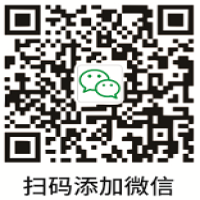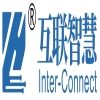Printed Circuit Board Assembly (PCBA)
- A fully assembled printed circuit board (PCB) with all electronic components mounted and soldered in place.
- Includes components such as integrated circuits, resistors, capacitors, transistors, and connectors.
- Used in various electronic devices, including computers, smartphoness, and industrial machinery.
- Requires manufacturing processes like component placement, soldering, and testing.
Printed Circuit Board (PCB)

- A bare circuit board without electronic components.
- Made of insulating material (e.g., fiberglass) with conductive traces etched onto it.
- Provides electrical connections between components and facilitates their mounting.
- Typically manufactured using techniques like photolithography and chemical etching.
- Forms the foundation of PCBA by providing the physical structure and electrical pathways for the electronic circuitry.
Relationship Between PCBA and PCB:
- PCBA is the completed version of a PCB, with all components assembled and functional.
- PCB is the bare foundation that provides the electrical layout and physical support for the components in the PCBA.
- PCBA is the final product that enables electronic functionality, while PCB is an intermediate step in the manufacturing process.
Key Differences:
| Feature | PCBA | PCB |
|---|---|---|
| Components | Mounted and soldered | Bare, no components |
| Functionality | Electronically complete | Electrically designed, not functional |
| Manufacturing | Component placement, soldering, testing | Photolithography, etching |
| Purpose | Enable device operation | Provide electrical connections and component mounting |
 logo
logo
